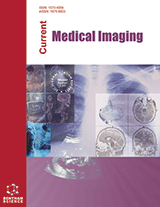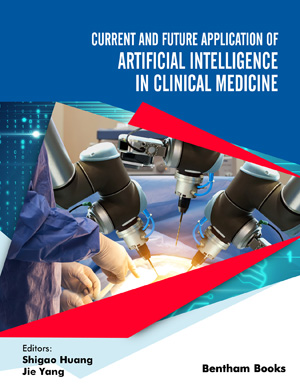
Abstract
Background: Non-invasive bio-diagnostics are essential for providing patients with safer treatment. In this subject, significant growth is attained for noninvasive anaemia detection in terms of Hb concentration by means of spectroscopic and image analysis. The lower satisfaction rate is found due to inconsistent results in various patient settings.
Objective: This observational study aims to present an adaptable point-of-care Near-Infrared (NIR) spectrophotometric approach with a constructive Machine Learning (ML) algorithm for monitoring Haemoglobin (Hb) concentration by considering dominating influencing factors into account.
Methods: To accomplish this objective, 121 subjects (19.2-55.4 years) were enrolled in the study, having a wide range of Hb concentrations (8.2-17.4 g/dL) obtained from two standard Laboratory analyzers. To inspect the performance, the unique dimensionality reduction approaches are applied with numerous regression models using 5-fold cross-validation.
Results: The optimum accuracy is found using support vector regression (SVR) and mutual information having 3 independent features i.e. Pearson correlation (r)= 0.79, standard deviation (SD)= 1.07 g/dL, bias=-0.13 g/dL and limits of agreement (LoA)=-2.22 to 1.97 g/dL. Additionally, comparability between two standard laboratory analyzers is found as; r=0.97, SD=0.50 g/dL, bias=0.21 g/dL, and LoA= -0.77 to 1.19 g/dL.
Conclusion: The precision of ±1 g/dL in 5-fold cross-validation ensures the same performance irrespective of different age groups, gender, BMI, smoking level, drinking level, and skin type. The outcomes with the offered NIR sensing system and an exclusive ML algorithm can accelerate its’ requirement at remote locative rural areas and critical care units where continuous Hb monitoring is compulsory.
Keywords: Haemoglobin, Spectrophotometry, Non-Invasive, Point-of-care, Machine Learning, Innovations and health.
 21
21












